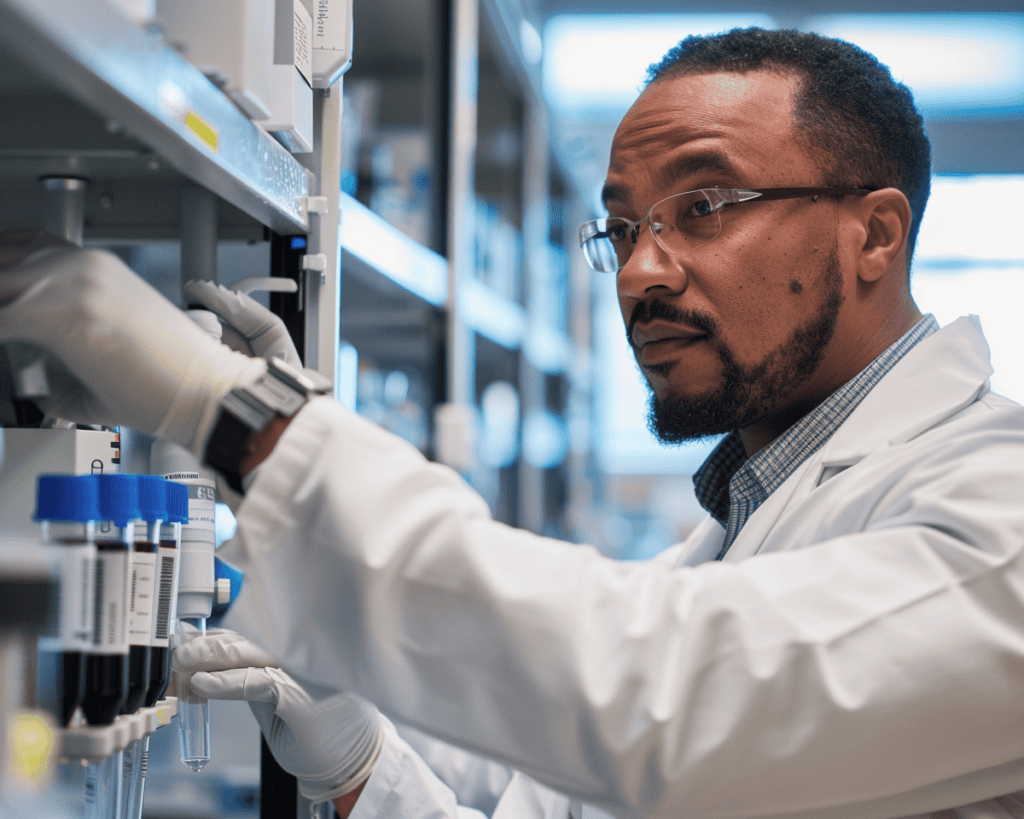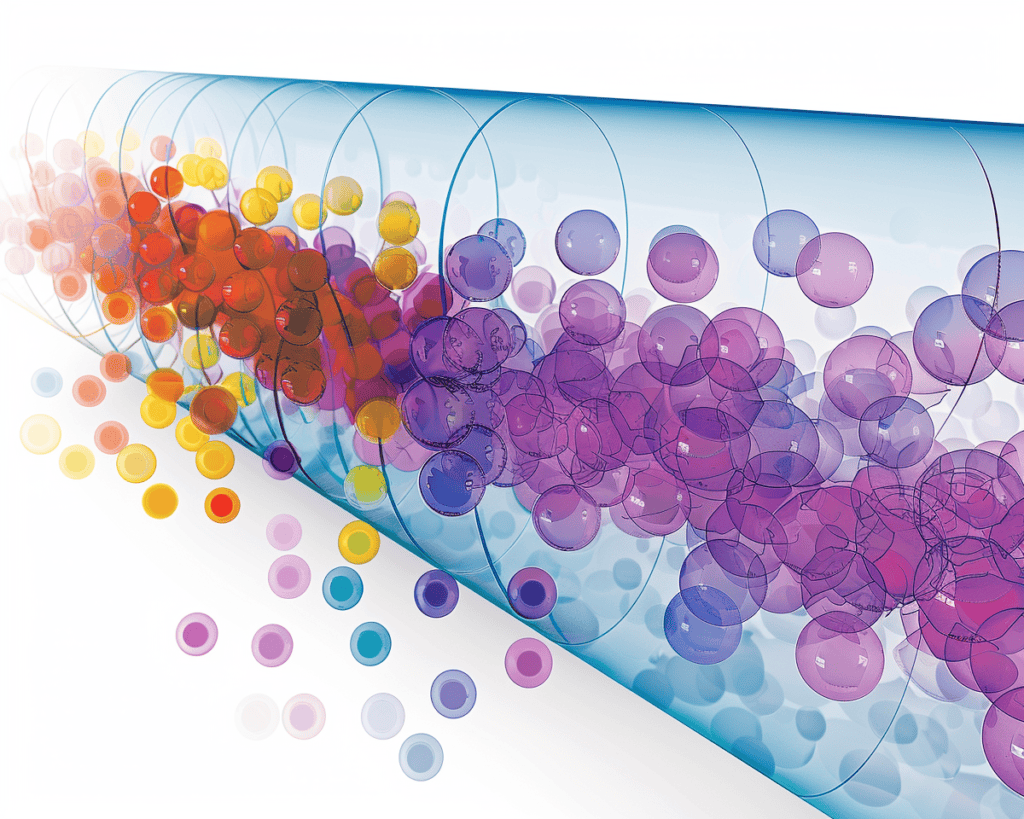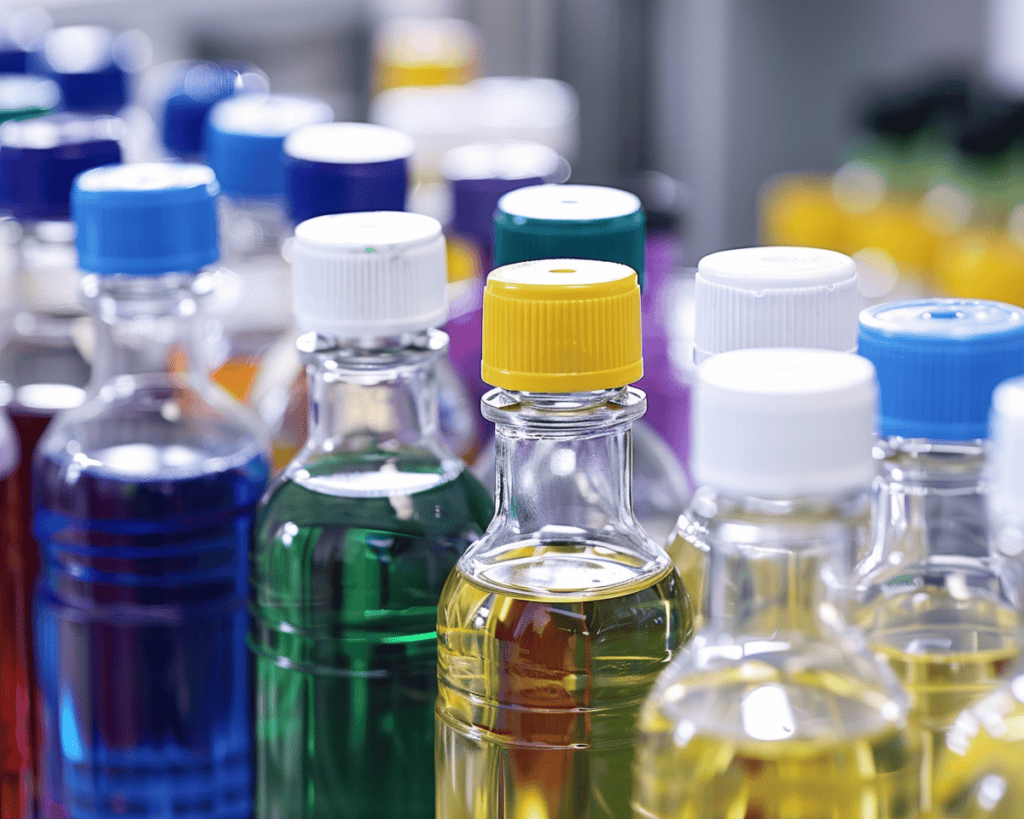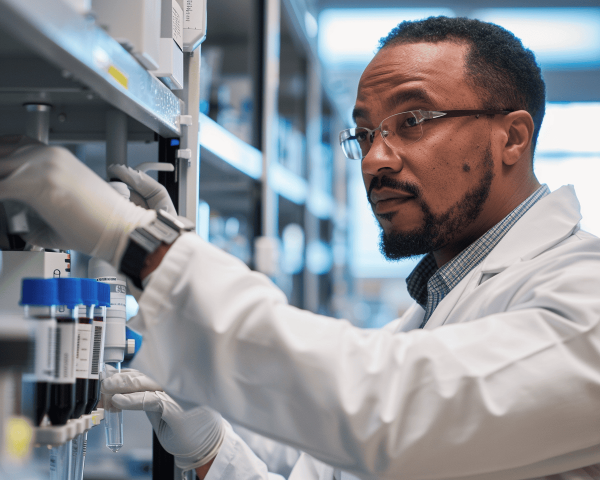Have you ever wondered how scientists separate and purify complex mixtures? It’s like sorting out a bag of mixed candies into different flavors. One of the most accessible and widely used techniques for this purpose is low-pressure column chromatography (LPCC). If you’re new to the world of chromatography or just curious, let’s dive into what LPCC is and why it’s such a valuable tool.

What Is Low-Pressure Column Chromatography?
Low-pressure column chromatography is a technique used to separate and purify compounds based on their chemical properties. It’s called “low pressure” because the process operates at relatively low pressures, unlike high-pressure methods like HPLC (High-Performance Liquid Chromatography). The basic setup includes a glass column packed with a stationary phase (usually silica gel or alumina) and a solvent or mixture of solvents that act as the mobile phase.
In simple terms, imagine a tube filled with tiny beads. You pour a liquid mixture through it, and the beads help separate the mixture into different components. It’s like a race where the fastest runners (components) come out first, and the slowest ones lag behind. What makes this method so appealing? It’s affordable, easy to set up, and doesn’t require specialized equipment. But does that mean it’s the best choice for every application? Let’s explore.
How Does It Work?
Loading the Sample
First, you load your sample onto the top of the column. This mixture can contain various compounds you want to separate.
Elution
Next, you add the solvent or solvent mixture. As it flows through the column, it carries the sample components along with it.
Separation
The components move at different speeds depending on their interactions with the stationary phase and the solvent. Those with less interaction move faster and elute first, while those with more interaction take longer.
Advantages and Disadvantages
So, why would you choose LPCC over other methods? One significant advantage is its simplicity. You don’t need fancy equipment, making it accessible for smaller labs or those just starting in research. It’s also versatile, allowing you to separate a wide range of compounds. But like anything, it has its drawbacks. The process can be slower and less efficient compared to high-pressure methods. And if you’re dealing with very similar compounds, the separation might not be as clean.
Applications of Low-Pressure Column Chromatography
LPCC finds applications in various fields, from chemistry and biochemistry to environmental science and pharmaceuticals. For example, it’s often used to purify natural products like plant extracts. Imagine isolating a specific compound from a medicinal plant—LPCC can help you do that! It’s also handy for separating complex mixtures in environmental samples, like identifying pollutants in water or soil.
Practical Considerations
What do you need to consider when setting up an LPCC experiment? First, the choice of stationary and mobile phases is crucial. The wrong combination can lead to poor separation or even complete failure. You also need to think about the column size and the flow rate. Too fast, and you risk missing out on the separation; too slow, and you’ll be waiting forever for your results. And let’s not forget about the detection method. While UV detection is common, other techniques like refractive index or mass spectrometry can also be used.

Common Mistakes and How to Avoid Them
Even though LPCC is straightforward, there are common pitfalls. One mistake is overloading the column with too much sample, which can lead to poor separation. Another is using the wrong solvent system, which can cause compounds to elute together. And let’s not forget about the column itself—packing it unevenly can lead to channeling, where the solvent takes a shortcut and ruins the separation.
Why Should You Care?
You might be wondering, “Why should I care about low-pressure column chromatography?” Well, if you’re involved in any form of research or product development, understanding this technique can be incredibly useful. It offers a cost-effective and straightforward way to purify compounds, which is essential in many industries. Plus, it gives you a foundational understanding of chromatography, which can be a stepping stone to more advanced techniques.
Do you think this method could be useful in your field? Or maybe you’re already using it and have some tips to share? What do you think is the most challenging part of setting up an LPCC experiment?

Conclusion
Low-pressure column chromatography is a versatile and accessible tool for separating and purifying compounds. Whether you’re a student, a researcher, or someone working in the industry, understanding this technique can offer valuable insights and practical benefits. While it may not always be the fastest or most efficient method, its simplicity and versatility make it a go-to for many applications.
If you’re curious to learn more, many resources are available online and in academic texts. And if you ever find yourself in a lab, don’t hesitate to give it a try. Who knows, you might find it as fascinating as many scientists do!
For more detailed information on low-pressure column chromatography, you can refer to the comprehensive resources available at ResearchGate.
What do you think? Do you find low-pressure column chromatography intriguing? Share your thoughts and experiences!











